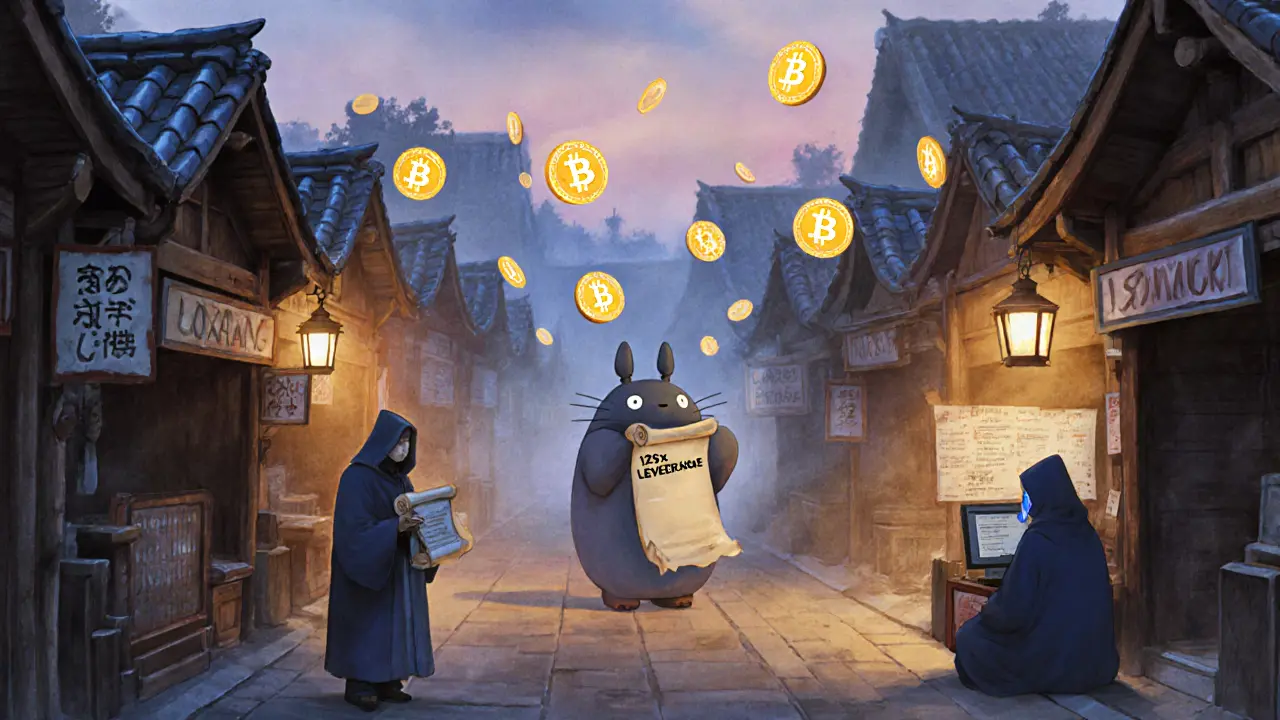Derivatives Exchange: What It Is and How It Works in Crypto
When you trade on a derivatives exchange, a platform where traders bet on the future price of an asset without owning it. Also known as futures exchange, it lets you go long or short on Bitcoin, Ethereum, or other tokens using contracts like futures, options, and perpetual swaps. This isn’t speculation—it’s price discovery with leverage. You don’t need to buy Bitcoin to profit when it drops. You just need a derivatives exchange that actually has traders on the other side of the trade.
Most crypto derivatives exchanges offer perpetual futures, a type of contract that never expires and is marked to market every few seconds. These are the most popular because they let you hold positions indefinitely, as long as you keep your margin funded. Platforms like OKX and DPEX.io specialize in these, offering up to 100x leverage. But high leverage isn’t freedom—it’s risk. A 2% price move against you can wipe out your position if you’re using 50x leverage. That’s why real traders care more about liquidity, how easily you can enter or exit trades without moving the price. A derivatives exchange with $15 in daily volume, like DPEX.io, isn’t a market—it’s a simulation.
Derivatives exchanges also connect to DeFi, a system of open financial protocols that let you trade, lend, and borrow without banks. Some DeFi platforms now offer native derivatives, letting you lock up ETH in a liquidity pool and earn yield while shorting stablecoins. But here’s the catch: most DeFi derivatives lack insurance, audits, or recourse if something goes wrong. That’s why users still turn to centralized exchanges like OKX, which have real customer support, cold storage, and clearer rules—even if they’re less "decentralized."
Not all derivatives exchanges are built the same. Some are designed for retail traders who want to bet on price swings. Others are used by hedge funds to hedge entire portfolios. If you’re new, avoid platforms with zero user activity, fake volume, or no regulatory footprint. Stick to ones where real people are trading real money. You’ll know it when you see it: tight spreads, deep order books, and a community that talks about trading, not just airdrops. What you’ll find in the posts below are real breakdowns of platforms that claim to be derivatives exchanges—some are legit, most aren’t. You’ll see how OKX offers deep liquidity for active traders, why DPEX.io is a dangerous experiment, and how MonoSwap’s "zero fee" model hides a deadly lack of buyers and sellers. You’ll also learn how to spot fake exchanges pretending to offer derivatives, like Purple Bridge or BTB.io, that vanish the moment you deposit funds. This isn’t theory. It’s what’s happening right now in crypto markets. And if you’re trading derivatives, you need to know the difference.
Fairdesk Crypto Exchange Review: Features, Shutdown, and What Happened to User Funds
Fairdesk was a high-leverage crypto exchange that shut down in November 2024. This review covers its features, why it failed, what happened to user funds, and safer alternatives.
